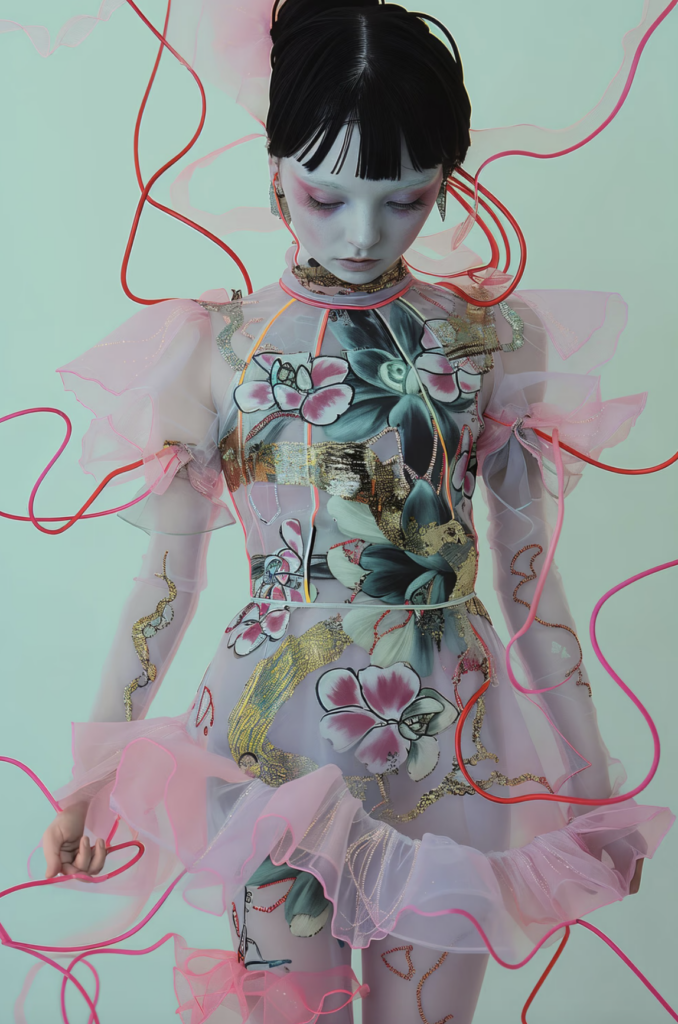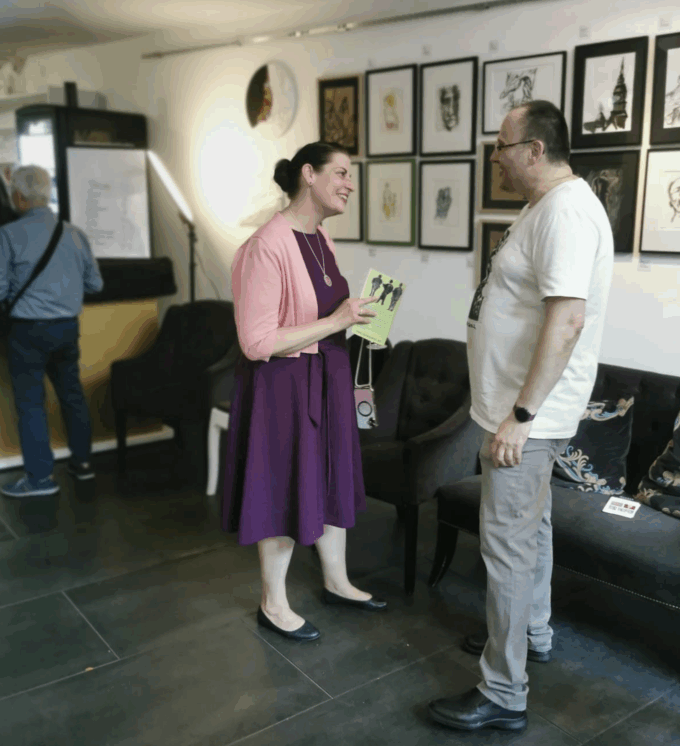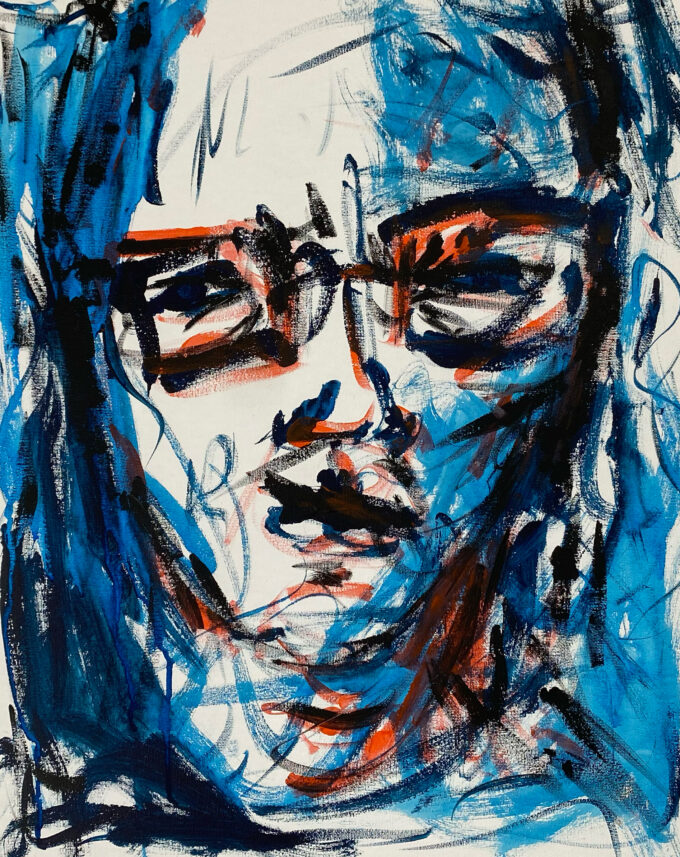The Influence of AI on the Evolution of Digital Art
State of Digital Art
Digital art has undergone a remarkable evolution in recent years, propelled by advancements in technology and the widespread availability of digital tools. From computer-generated imagery (CGI) in films to interactive installations in galleries, digital art has transcended traditional boundaries, captivating audiences and challenging conventional notions of artistic expression.

Analysis of Digital Art Development
The development of digital art has been characterized by its increasing acceptance and recognition within the art world. A study by the Pew Research Center found that 81% of Americans believe digital art is a valid form of artistic expression, highlighting its growing cultural significance. However, challenges such as accessibility, preservation concerns, and institutional biases persist, inhibiting its full integration into mainstream artistic discourse.
Despite these hurdles, digital art continues to gain traction, driven by technological innovations that push the boundaries of creativity. For example, the emergence of virtual reality (VR) and augmented reality (AR) technologies has enabled artists to create immersive, interactive experiences that blur the line between the physical and digital worlds. Similarly, advancements in digital painting software, such as Adobe Photoshop, have empowered artists to experiment with new techniques and styles previously unimaginable in traditional mediums.
The Influence of AI on Digital Art Positive Aspects:
- Democratization of Art: AI-powered tools, such as deep learning algorithms and generative adversarial networks (GANs), democratize the artistic process by providing accessible platforms for individuals of varying skill levels to engage in creative expression. For instance, Google’s DeepDream software allows users to transform ordinary photographs into surreal, dreamlike images with just a few clicks, democratizing the creation of digital art.
- Enhanced Creativity: AI algorithms can serve as catalysts for artistic inspiration, generating novel ideas, exploring new techniques, and facilitating the exploration of uncharted artistic territories. A notable example is the work of artist Mario Klingemann, who harnesses AI algorithms to create mesmerizing digital artworks that challenge traditional notions of beauty and aesthetics.
- Efficiency and Productivity: AI streamlines the creative process by automating repetitive tasks and enhancing workflow efficiency. For example, Adobe Sensei, an AI-powered feature in Adobe Creative Cloud, analyzes user behavior and preferences to provide personalized recommendations and automate mundane tasks, allowing artists to focus more on the creative aspects of their work.
Negative Aspects:
- Concerns of Commodification: The widespread use of AI-generated art raises questions about the authenticity and value of artistic creations. Critics argue that AI-generated artworks lack the human touch and personal expression inherent in traditional art, leading to a commodification of creativity where art becomes more about the technology used to create it rather than the artistic vision or skill of the creator. This could potentially devalue the work of traditional artists and diminish the overall cultural significance of art.
- Loss of Human Touch: AI has the potential to diminish the human element in art creation, as the focus shifts towards technological processes rather than personal expression and craftsmanship. For example, some AI-generated artworks lack the emotional depth and nuanced storytelling characteristic of human-made art, leading to concerns about the erosion of artistic authenticity and meaning.
- Ethical Considerations: The use of AI in art raises ethical concerns related to copyright, ownership, and the potential for algorithmic biases to influence artistic outcomes. For instance, the controversial sale of an AI-generated artwork titled “Portrait of Edmond de Belamy” at auction house Christie’s sparked debate about the legal and moral implications of AI-generated art, including questions about authorship, ownership, and intellectual property rights.
Future of Digital Art and AI
The future of digital art and AI is fraught with both promise and peril. As technology continues to evolve, digital art is poised to become increasingly integrated into our cultural landscape, offering new avenues for artistic exploration and expression. However, it is imperative that we approach the intersection of digital art and AI with caution, mindful of the ethical implications and societal consequences of technological advancement.
By fostering dialogue, collaboration, and critical reflection, we can navigate the complex terrain of digital art and AI, ensuring that creativity flourishes and artistic integrity remains paramount in the digital age.
Note: Written with the help of AI



